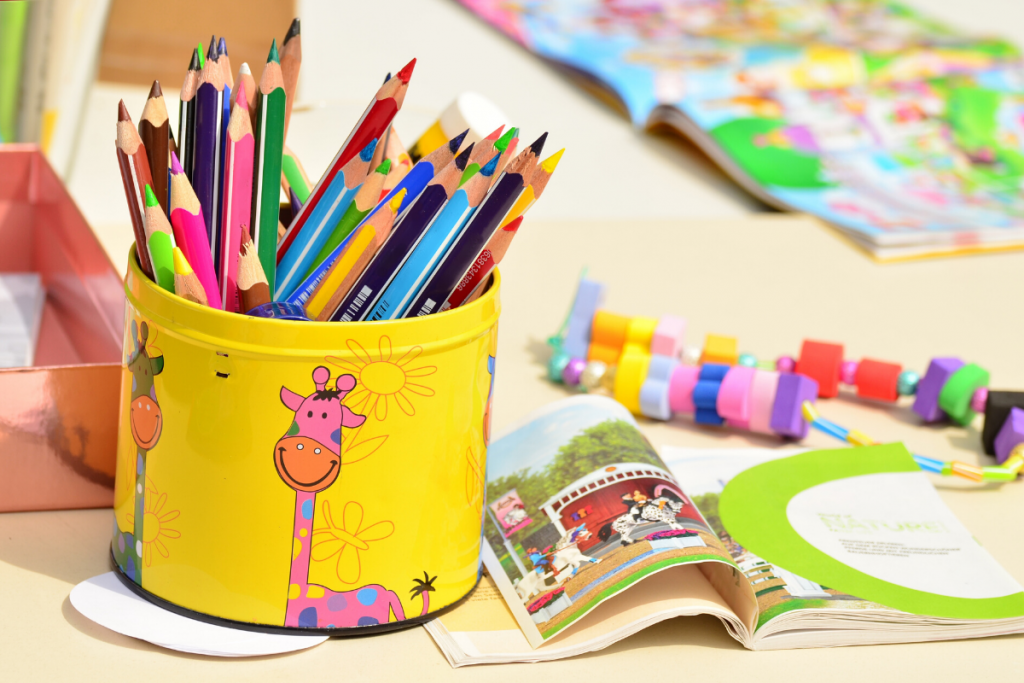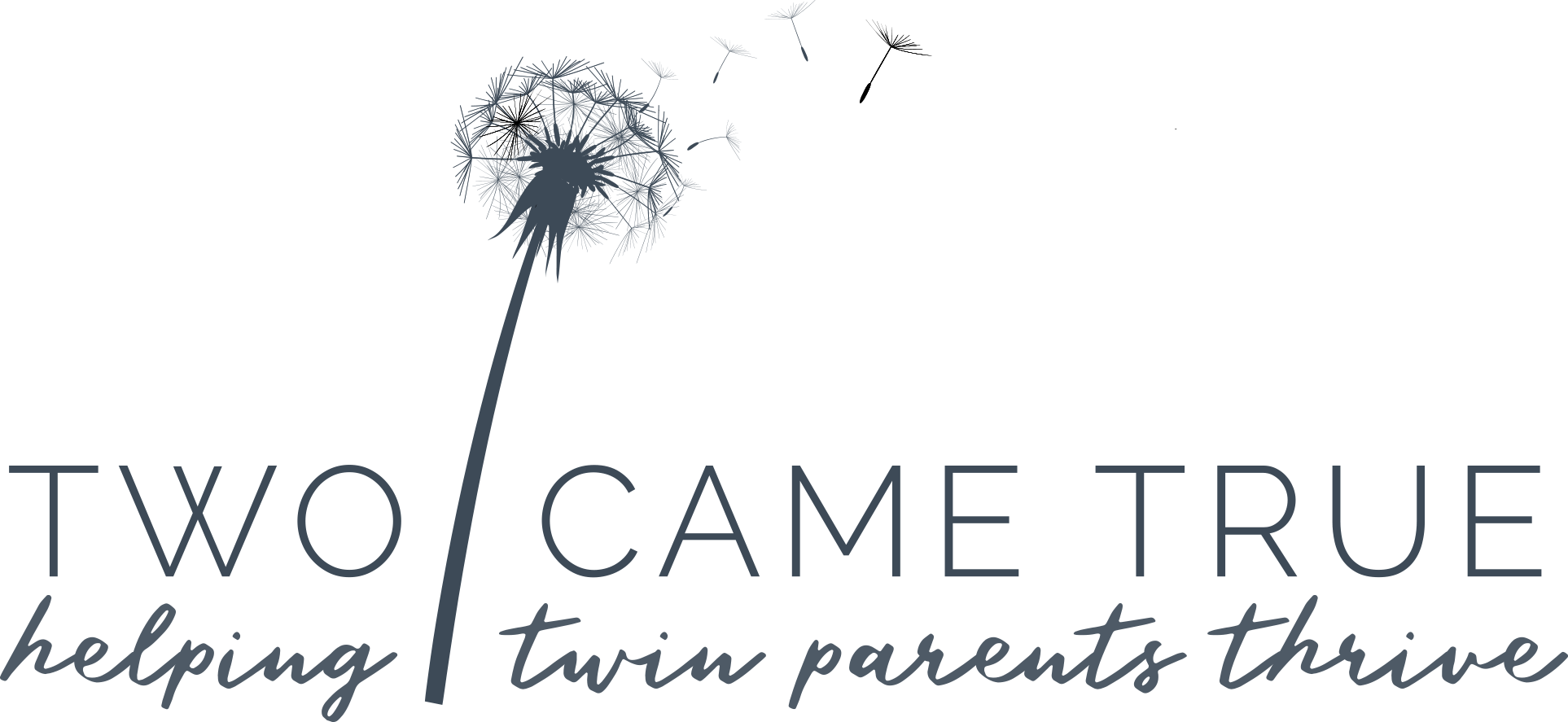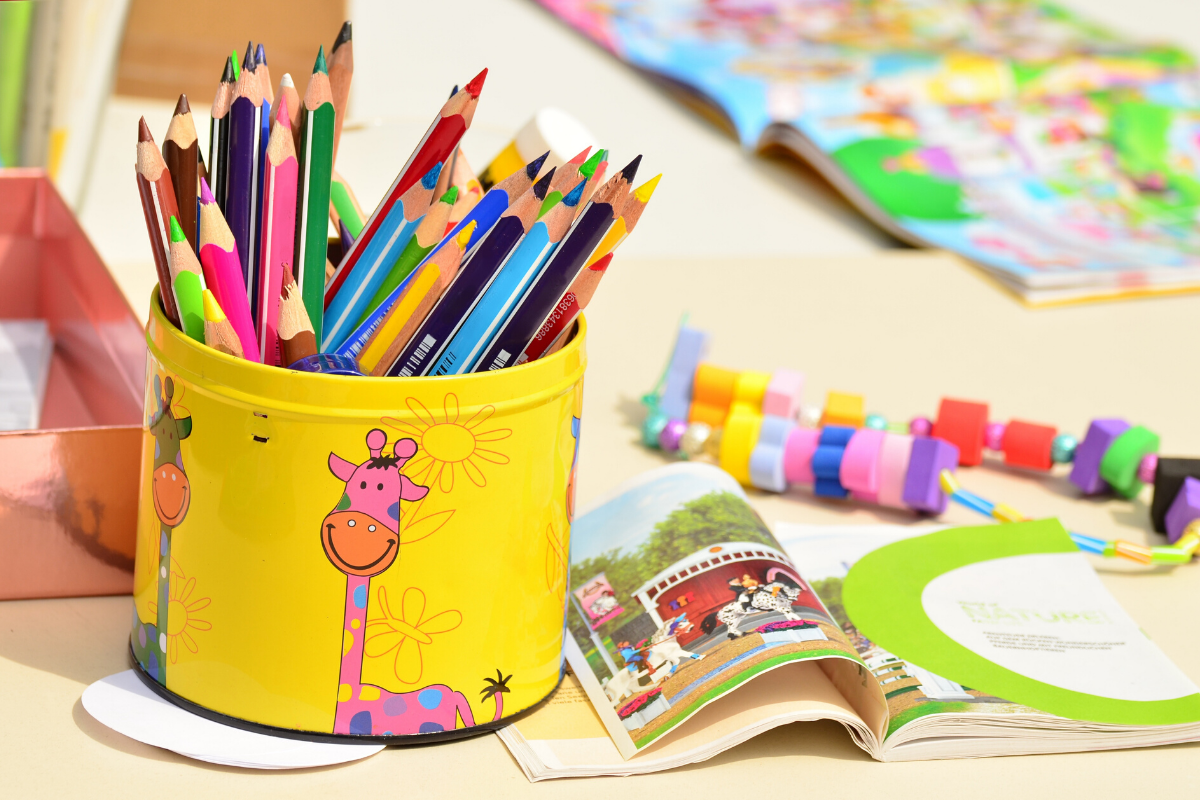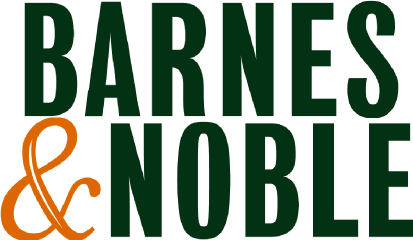Teaching your kids from home can feel a bit overwhelming for many reasons. How do you work from home while teaching your kids at the same time? Where do you start?
There are a lot of questions circulating right now and we’re hoping this resource will help get you going in the right direction so that this can be a positive experience for both you and your kids. Let’s enjoy this opportunity to be a part of our kids’ education.
We gathered as many educational resources as we could so you can successfully reinforce what your kids were learning in school from home. These ideas might even help fight the cries of boredom once your kids have been stuck at home for a while.

We hope you find these resources useful and can keep them in your back pocket in case you get stuck. If you ever need more ideas, just shoot us an email, find us on social media, or comment directly on this post. We will answer any questions you have or help you troubleshoot situations that arise while you are teaching your kids at home.
Sample Daily Schedule for School At Home:
Being at home with kids, especially when you have to have school at home requires structure. Building a schedule to outline your day is immensely helpful, keeping in mind that flexibility is important too. Things come up, kids and adults burn out and sometimes you just need to throw things out the window to get back on track.
Below is a sample schedule for Jenn’s twins who have different academic needs. The idea was to build structure, give them some predictability in their day while meeting their individual needs. Sticky notes allow you to change things up, like breakfast, lunch and snack menus or direct free time in a specific way in the case that, oh let’s say, it’s snowing. Do what works best for your family and be ready to adapt when needed.

Literacy Games to Play:
If there is one thing you do while your kids are at home …READ, READ, READ. Make it a point to do every day. Whether your kids are reading to each other, aloud, to themselves or to you…incorporate reading into your day. Here are a few literacy games to play that seem to be a hit!

- Fly Swatter Game – Write letters, phonemes, sight words, vocabulary words, sentences or math facts onto index cards. Spread the cards around the room. Have the adult or partner read the card and ask the student to spot the answer and splat it with the fly swatter.
- Post It Hide Away – While kids hide in their room, stash post-it notes around the house with words written on them that will make up a sentence. As your kids to run around and find post its until they can put together a complete sentence. For an added challenge, you can ask your kids to add in punctuation as their sentence is built. For older kids, you can build more complex sentences that include vocabulary words and more complex punctuation.
- Reader’s Theater – Have your kids act out books they are reading or chapters of longer books for older kids. Throw on some costumes, practice a few times, and act out for the whole family.
- Roll and Read – You can use poems, write sight words on a page or copy pages from your kids’ leveled books. Number lines of text or paragraphs and have kids roll dice. They will read line or paragraph that corresponds to the number that they rolled.
- Connect Four – Write words in columns and rows on a paper. As kids to read the word. If the word is read correctly they get to cover or color that word. The idea is to get four words in a row first.
Math Games:
Kids tend to love math games. Here are a few creative ways to reinforce mathematical concepts your kids are learning at school.
- Tennis Ball Counting – Bounce a tennis ball while counting. You can ask kids to skip count, count forwards or backward, give answers to math facts, etc.
- Domino Math – Flip dominos over and add, subtract, multiply or using the numbers on both ends.
- Post It Notes – Use large square post it and write a variety of numbers on them. Using smaller strips, write corresponding math facts (addition, subtraction, multiplication or division). Have your child match the fact to the answer by placing the strip on the correctly corresponding square.
- Playdough or Sensory Math – Use Playdough or shaving cream to make numbers, solve math equations or make geometric shapes.
Brain Break Ideas:
We all could use a little break every now and then…and with kids, well, they need LOTS of breaks. Brain breaks are efficient ways to let your kids recharge, they promote self-esteem, keep your kids engaged and promote cognitive function! Boom!
- Brain Break Jar – Fill a mason jar with popsicle sticks. Write a variety of physical activities (jumping jacks, push-ups, yoga moves, etc.) on each stick and allow your kids to pick from the jar.
- Color Call – Call out a color and ask kids to find something of that color, run and touch it in 5, 4, 3, 2, 1.
- Go Noodle – You can access a variety of mindfulness activities on this website, many of which you can access through YouTube.
- Peace Out Podcast– visualizations paired with breathing exercises are a great practice in mindfulness for kids.
Ways to Incorporate Writing for School at Home:
Do you have a child that loves to write or is it like pulling teeth? Here are a few ideas to engage your kids in writing.
- Animation using the Stop Motion app: Have your child write a story or play, then use Legos or other toys that you have at home to animate the story using the Stop Motion app.
- Choose Your Own Adventure Writing: Write or talk about a short story, then have your child write three different endings.
- Cooperative Stories: Write stories cooperatively and illustrate them. Have one person choose the characters, one chooses the setting, and so on and so forth.
- Non-Fiction Research: Research favorite animals and create an encyclopedia entry for that animal.
- How To: Write How-To manuals (how to make PB&J, hot chocolate, mac & cheese) and then follow the instructions to create something. Does your child love the camera? You can even videotape their presentation!
- Interview a Family Member: Call or FaceTime a family member. Interview them and write their biography.
Educational Apps
- Epic – For $7.99 a month, kids can have unlimited access to this extensive digital library, complete with audiobooks and read-to-me texts.
- Raz Kids – An online guided reading program with ebooks, downloadable books, and quizzes.
- Lively Letters – Developed by a speech pathologist and a reading specialist, this app combines phonology and phonics to improve reading and spelling.
- Teach Monster – Created by the Usborne Foundation, this app provides interactive fun and teaches kids everything from letters and sounds to reading complex sentences. The computer version if 100% free.
- Word Wizard – Offers unique reading and spelling activities for kids 4-10.
- Simplex Spelling – This app is a lot like having a personal spelling coach!
- Play Osmo– The Osmo console merges tangible learning materials with interactive technology to build reading and vocabulary, number sense, confidence in math, problem-solving, creativity and imagination.
Educational Podcasts for Kids
- But Why (Best for all ages): A Podcast For Curious Kids (Good for All Ages) – Answers questions like “Why is the sky blue?” or “Who invented words?” with the help of experts.
- Brains On (Best for Kids and Tweens) – Takes science questions submitted by kids and answers them with the help of experts
- Smash Boom Best (Best for Big Kids) – A spin-off of Brains On, this is a family-friendly debate podcast.
- KidNuz (Good for All Ages) – Offers Kids 5 Minutes of Kid Friendly News
- The Past and the Curious (Good For All Ages) – Features people telling interesting, little known stories from history
- WOW In the World (Good for All Ages) – Discusses the news in science and technology
- Tumble (Best for kids and tweens) – Interviews scientists about their and discoveries
- Short and Curly (Geared for kids aged 7-12) – This podcast talks to kids about difficult topics like “Is it ok to fight a bully?” and silly topics as well.
- Classics for Kids (Great for kids K-5) – This podcast introduces kids to different composers, studying different pieces and aspects of a composer’s work.
- Stories Podcast (Great for all ages) – A storytelling podcast that tells a new story every week. Great for bedtime, long car rides or periods when boredom sets in.
- Six Minutes (Great for big kids and tweens) – A mystery unfolds in 6-minute episodes two times weekly all year long.
Other Educational Resources:
- Scholastic Learn at Home – Scholastic is providing a free resource for parents that provides four daily age-appropriate virtual learning experiences for kids.
- ABC Mouse– This app helps kids learn to read through phonics, as well as teachings lessons in math, science, and social studies.
- Learning Ally – Generally to gain a home license you will need proof of a diagnosed learning disability. Many schools have a license for their institutions and can grant you access, it never hurts to ask.
- This Reading Mama – An amazing resource for homeschooling parents.
- Reading Rockets – A great site that provides resources for struggling readers to build phonemic awareness, phonics, fluency, vocabulary, and comprehension.
- All About Learning Press – Great programs helping homeschooling parents to teach reading and spelling.
- Kahn Academy – This is a non-profit that aims to provide free education to anyone. Students will be met with personalized lessons that fill in gaps int heir understanding and then accelerating their learning.
- Prodigy Math – This interactive math game depends on skill-building math questions to successfully beat the game.
- Brain Pop– An animated educational site for kids that makes learning engaging.
- Busy Toddler – Susy at Busy Toddler has dedicated her life to helping parents find screen-free ways to make it to nap time. Try only one of her creative ideas and you’ll be hooked!
- Freckle Education – This is a great site for differentiated lessons for all subjects K-12.
- Teachers Pay Teachers – This the world’s largest educational marketplace. Here you can purchase and download materials created by experienced teachers to supplement the curriculum.
- Virtually Tour 12 Different Museum
Successfully having School At home For Kids with Learning Disabilities:
For any student, consistency and practice are the keys to their continued success. For those students who have diagnosed learning disabilities, structure with consistent opportunities to practice the reading, writing and math skills is even more crucial. Regardless of reasons for time away from the classroom, finding ways to provide targeted instruction and practice should be the main focus while you are having school at home. Talk to your child’s teacher about things you can specifically do at home, look for in-person or virtual (where appropriate or necessary) one-on-one tutoring opportunities, and be sure that your children continue to read, write and practice math daily.
At the end of the day…
Having school at home can feel like a big adjustment, but you can do this! Nothing has to be perfectly planned or executed. What is important is that you try to put some sort of routine in place and keep that intact as much as possible. Enjoy the opportunity to be a part of their education and have fun with the activities you try! There are millions of people in your shoes, so lean on the community around you and the people you can connect with virtually! We will answer any questions you have and share those wondering on social media feeds so that everyone can learn together!













